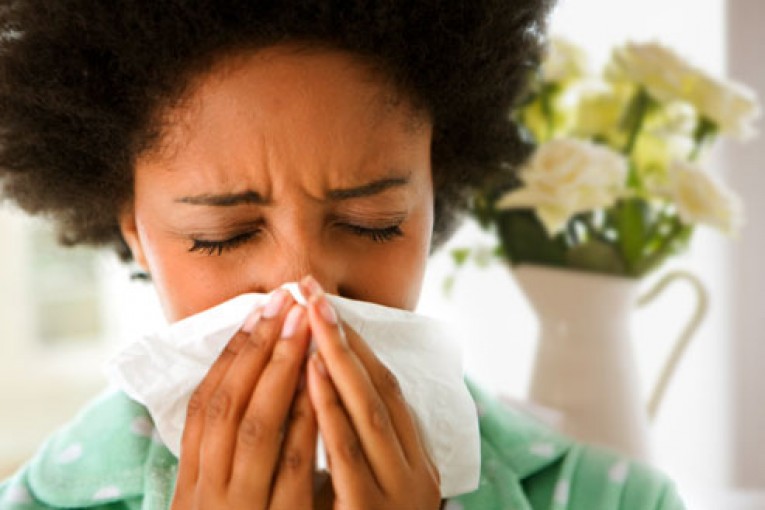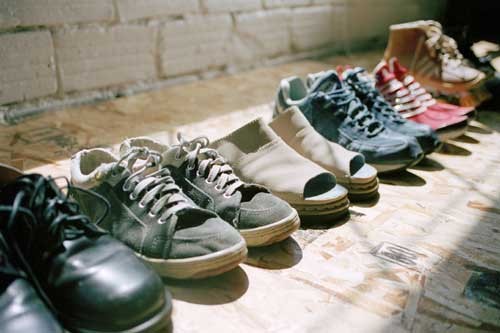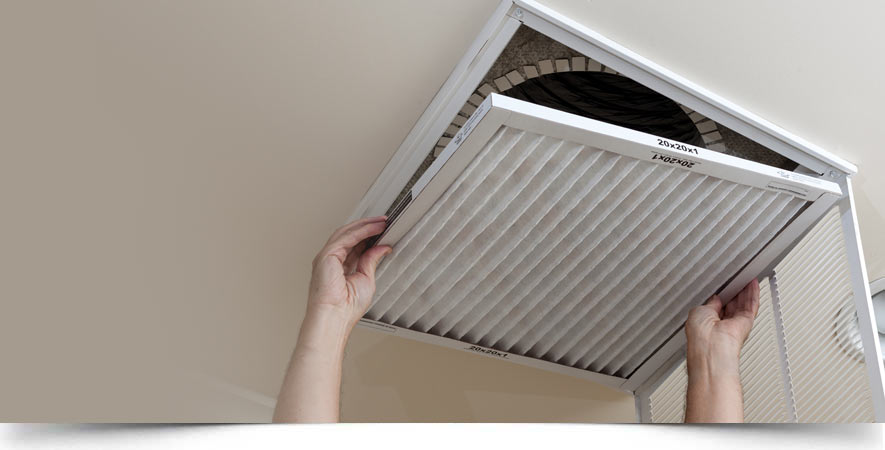Summer’s coming and with it we can expect hotter days, shorter nights and a whole lot of good weather. With the changing of the seasons, however, summer allergies kick into motion and for many people, that means 3 months of runny noses, swollen eyes and sore throats. If you’re dreading the coming of summer hay fever, it might be time to plan your method of attack and this year, it’s all about how you deck out your home. Depending on what you suffer from, there could be a whole list of reasons for your seasonal allergies and when it comes to your home, there are many methods in which you can reduce your risk of catching symptoms. Fed up of sneezing in the summer? It’s time you took matters into your own hands.
- Replace Rugs and Drapes
One of the most common ways that dust allergens make their way into your home is through rugs, carpets and drapes and if yours have been hanging around for a long time, the chances are that they’re packing some serious allergy power. Regularly replacing your rugs for new versions might help to cut down on the amount of dust in your home but more often than not, it’s worth simply giving them up for good. Each time you come into contact with the materials, you risk releasing dust into the air, in turn irritating your symptoms. A drape-free house might not be what you envisioned but when it comes to your allergies, it can help to clear things up dramatically.
- Take Off Your Shoes
The majority of bacteria you bring into your home is directly as a result of what you pick up on the street and in order to cut down on any allergens, it’s worth making a divide between the two. Always taking off your shoes before you come into the house can cut the amount of bacteria roaming around your floors and surfaces dramatically, helping you to get back on track. If you want to avoid cold feet, try wearing a pair of house slippers indoors to protect your feet from the surfaces. Marking inside from the outside can make all the difference; don’t make dirt a part of your home.
- Change Your Air Filters
If seasonal allergies affect you, it’s worth paying attention to the quality of the air you’re breathing in. Air filters are one of the most common ways mites and bacteria can hang around your house and the longer you go between replacing them, the more dirt that can build up inside of them. To avoid any nasty bugs making their way into your air systems, make sure you take out your filters once or twice a year, depending on the severity of your allergies. Your cooling systems will be clearer, your air will be more clean and you can breathe a little easier.
- Keep Your Eye On Mold
Noticed a suspicious black patch developing on your ceiling? It might be time to get it checked out. The build up of damp and mold over time can really irritate allergies, making breathing inside a whole lot more difficult. To avoid any sudden changes in the quality of your air, seal any cracks you notice developing in the walls and ceiling as soon as you notice them. Letting small breakages expand over time can lead to the formation of harmful mold, which can irritate your symptoms. Keep your home dry and clean and enjoy a better quality of health, too.







